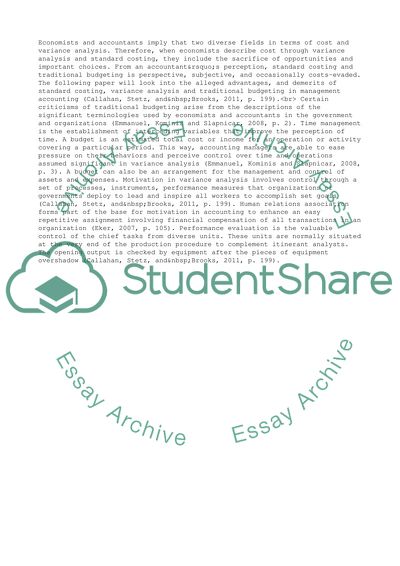Cite this document
(Motivation and Management Control Systems Research Paper, n.d.)
Motivation and Management Control Systems Research Paper. Retrieved from https://studentshare.org/management/1584502-management-accounting
Motivation and Management Control Systems Research Paper. Retrieved from https://studentshare.org/management/1584502-management-accounting
(Motivation and Management Control Systems Research Paper)
Motivation and Management Control Systems Research Paper. https://studentshare.org/management/1584502-management-accounting.
Motivation and Management Control Systems Research Paper. https://studentshare.org/management/1584502-management-accounting.
“Motivation and Management Control Systems Research Paper”, n.d. https://studentshare.org/management/1584502-management-accounting.


